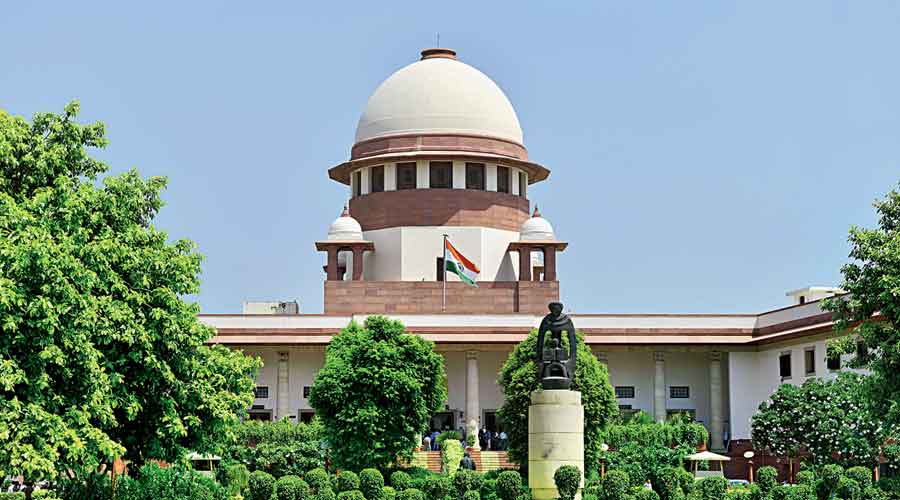Which form of woman is glorified by the Hindu culture, which form does it denigrate, who does it portray as great and ideal, who does it depict as ‘Kulta’ and ‘Rakshasi’, what is the basis of establishing women as ideal, ‘Kulta’ or ‘Rakshasi’?
Woman-related thoughts are an important aspect of Sangh’s ideology. Vichaar Navneet, written by Sangh’s second Sarsanghchalak, Golwalkar, is considered as its basic text by the Sangh. Solely addressed to the ‘Hindu men’, this book has been written in such a manner as if women do not have their independent existence. However, women come into the picture while it describes the duties of men. While discussing beauty contests, Golwalkar calls Sita, Savriti and Padmini (Padmavat) as ‘Adarsh Bharatiya Nari’ (ideal Indian woman). Among them, Sita and Savitri exemplify the ‘pativrata nari’ (loyal and devoted wife) while Padmini is a ‘pativrata’ Kshatrani (Kshatriya woman) who performs ‘Jauhar‘ (self-immolation to save her chastity). Simultaneously, there are depraved women who fail the parameter of ideal womanhood. Such women are perceived as ‘Kulta’, ‘Rakshasi’, ‘Dayan’ etc. within Hindu culture and Hindutva ideology.
READ THE FULL ARTICLE HERE: The chaste woman of RSS





